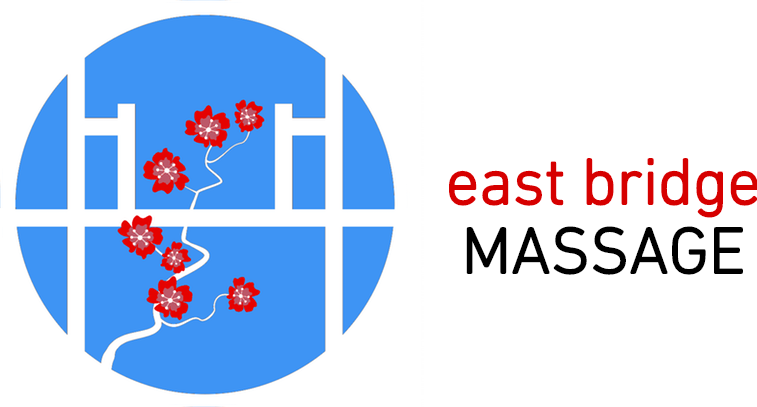TMJ (temporomandibular joint disorder) is one of the most common mouth and jaw disorders, affecting three million Americans annually. However, many of those who suffer don’t know what they are experiencing and that their symptoms can be relieved through manual massage techniques. Read below to learn what to look for when determining whether or not your jaw pain could be TMJ.

Abnormal symptoms that can distinguish typical jaw soreness from TMJ can include:
- Clicking and popping: Any patient who has experienced the phenomenon of feeling and sometimes hearing the popping of the temporomandibular joint when moving their jaw can immediately recognize this symptom. It is truly unique and undeniable sign of TMJ.
- Clenching: Chronic clenching of the jaw, which can include upper and lower jaw snapping or teeth grinding, is a tell-tale sign of TMJ. Due to a damaged or dysfunctional joint where the two jaw bones connect, they are struggling to open wider.
- Headache: Most people experience headaches occasionally and they can have many causes. But frequent tension headaches that continue to occur even after other potential causes such as dehydration or lack of sleep have been ruled out can be a symptom of TMJ.
- Pain while eating: Experiencing pain while eating is a common sign of TMJ. Eating is one of the most vigorous uses of the jaw muscles and joints; if any of these intricate mechanisms are out-of-balance, chewing will cause noticeable pain.
If you think you may be experiencing TMJ symptoms, help is nearby. If you are in the Portland, Oregon area, East Bridge Massage’s massage therapy specialists are available seven days a week to help you reach optimal jaw health. If you are anywhere else, read our blog about TMJ solutions to learn more.

